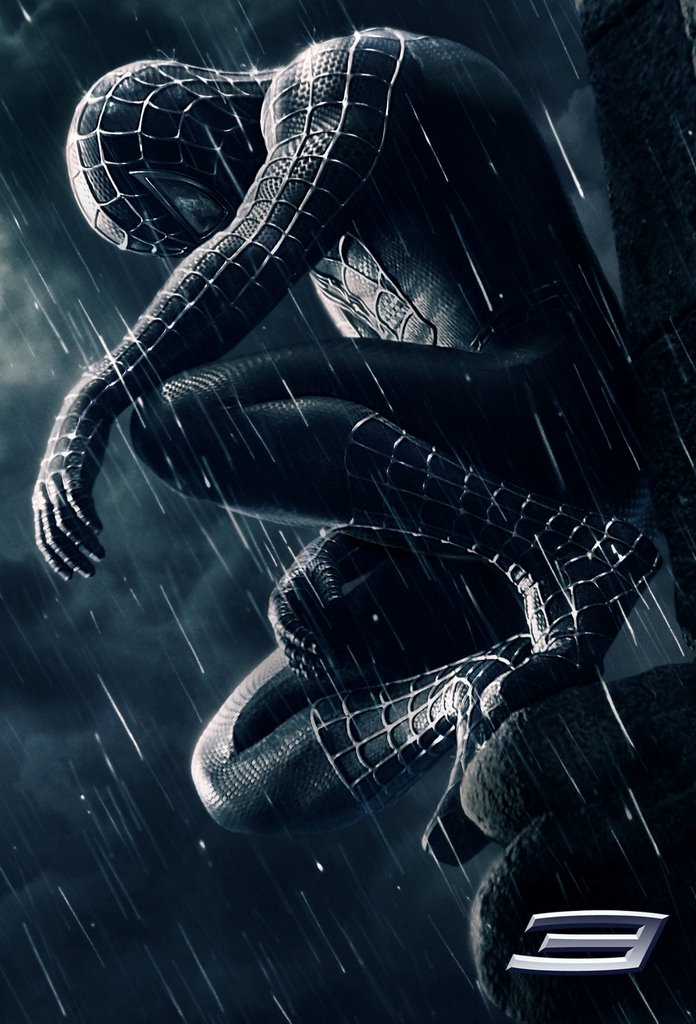
The image seems clear. A giant crane towers over fractured earth; its red steel beams crosscutting sections of a bright blue sky. Thunderous shrieks of metal rubbing against rust permeate the air as the machine slowly turns, moving large pieces of pipe to their desired destination. A group of men in plastic orange suits work feverishly below, setting fire to steel and debating the specifics of their creation. Dump trucks rush past, carrying tons of dirt and rock, leaving trails of dust in their place. Fragments of ground spew forth; everywhere the land is shifted, reshaped, recycled.
The image seems clear, but it is contradictory. It is at once a sign of progress, and of gentrification. Construction and deconstruction. Destruction. We tear down the past to make room for the future. Destroy in the name of creation. The City is no stranger to the effects of modernized men; who, of the belief that ‘newer’ is synonymous with ‘better’, rebuild to reconstitute their surroundings and align them with contemporary modes of thought.
But what effects does this modernization have on the people? Where does the simple man fit into this neoteric equation? And who is to say that progress necessitates physical growth?

The French New Wave directors were not quick to dismiss old ideas, nor were they content to celebrate innovation. As post-war Paris experienced its largest development since 1914; as the suburbs began to expand considerably with the construction of large social estates known as cites; as a comprehensive express subway system, the RER, was built to complement the Métro and a network of freeways began circling around the city, New Wave directors explored city life with a watchful eye, observant of the profound effects innovation had on its inhabitants.
And perhaps no two directors were more cognizant of this transmuting social climate than Jacques Tati and Jean-Luc Godard. Tati, with his long overcoat and towery frame, seemed ill suited for modern life, uncomfortable in his surroundings as he was within his own skin. More a predecessor than a part of the New Wave, his uncompromising vision and inability to meld into modernity made him an influential figure within the movement, and it is difficult to separate his image from that of la Nouvelle Vague. Likewise, Godard, the figurehead and an inscrutable insurgent, proposed radical explorations of humanity and social order. His films question the commonality of the human experience, and prompt viewers to re-evaluate the significance, practice, and capacity of culture.

For both directors, the devastating effects of modern times proved fertile ground for thematic exploration across multiple films. However, Tati’s Mon Oncle (1958) and Godard’s Two or Three Things I Know About Her (1967) are their respective seminal works on the subject. While they were made almost ten years apart from each other, both films present representations of the modernization and physical growth of Paris. Both filmmakers use intertexts to comment upon this rapid expansion: Godard through semiotics and the written word, Tati through the modes of silent comedy.
However, beneath these intertexts lies each director's comprehensive knowledge and technical abilities to make full use of the malleability of the film image. It becomes necessary, then, to explore these two films specifically as representations of a ‘modern’ Paris and how these representations relate to the flexibility and sculpture-like qualities of the cinematic image.





